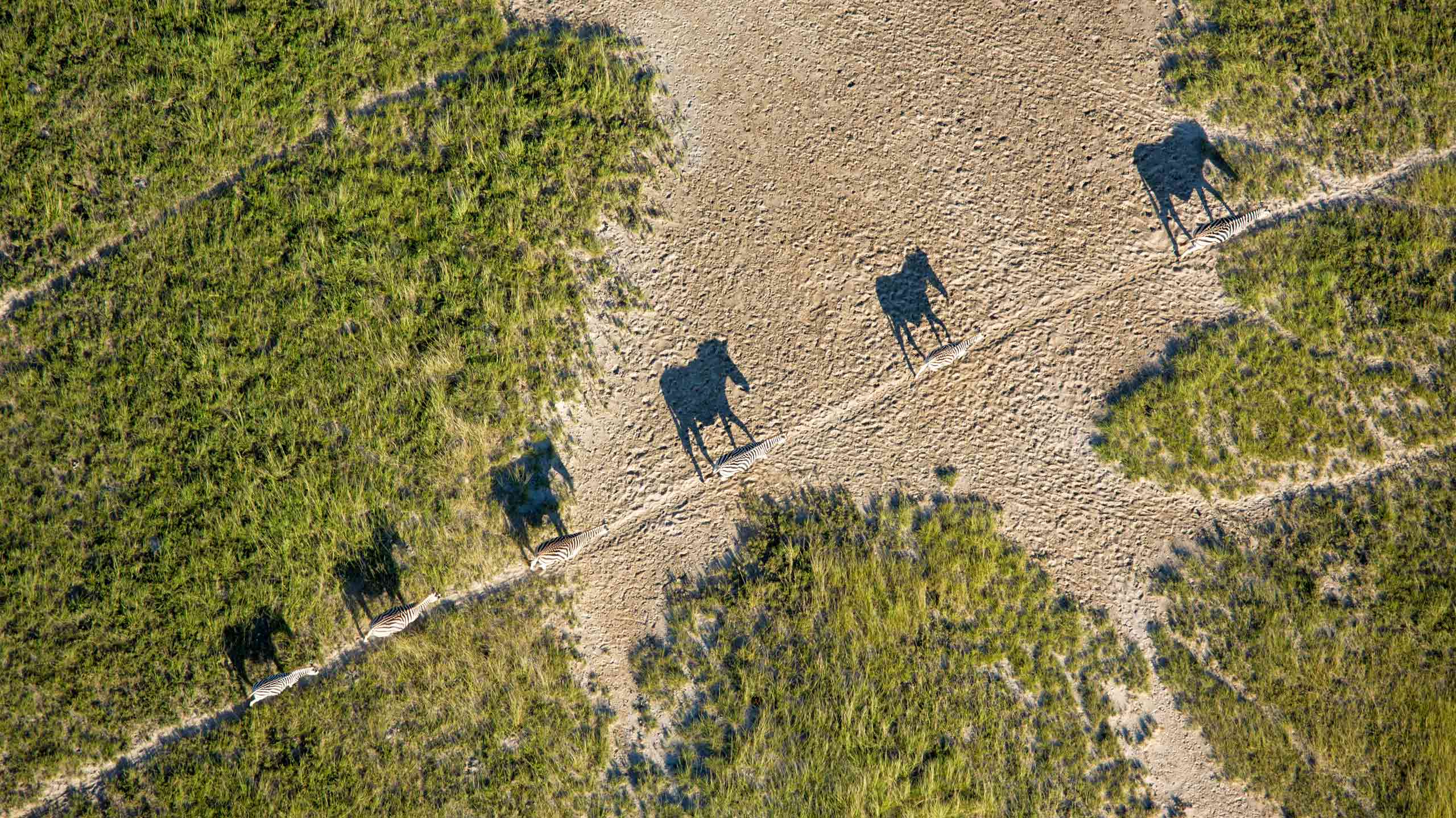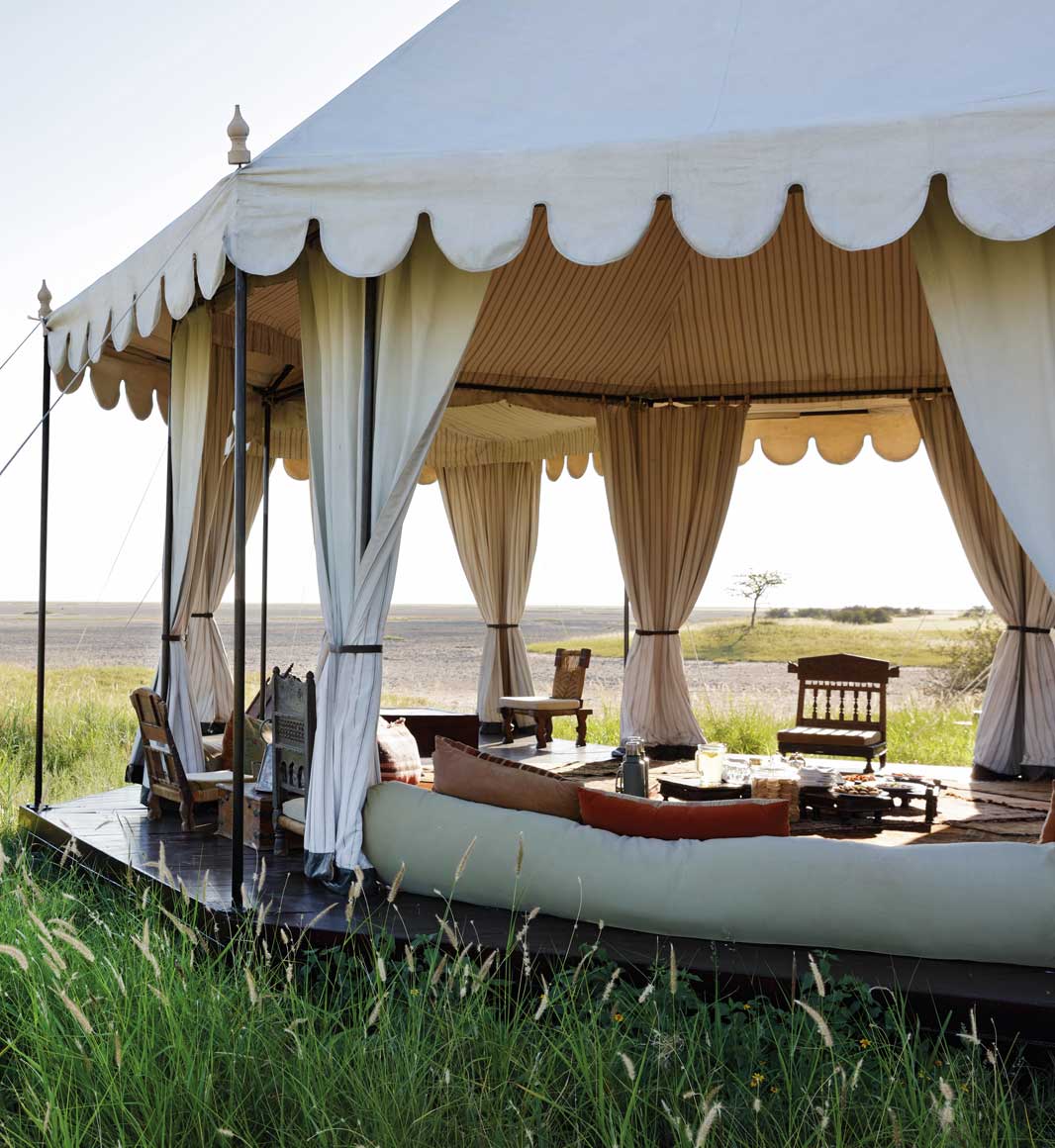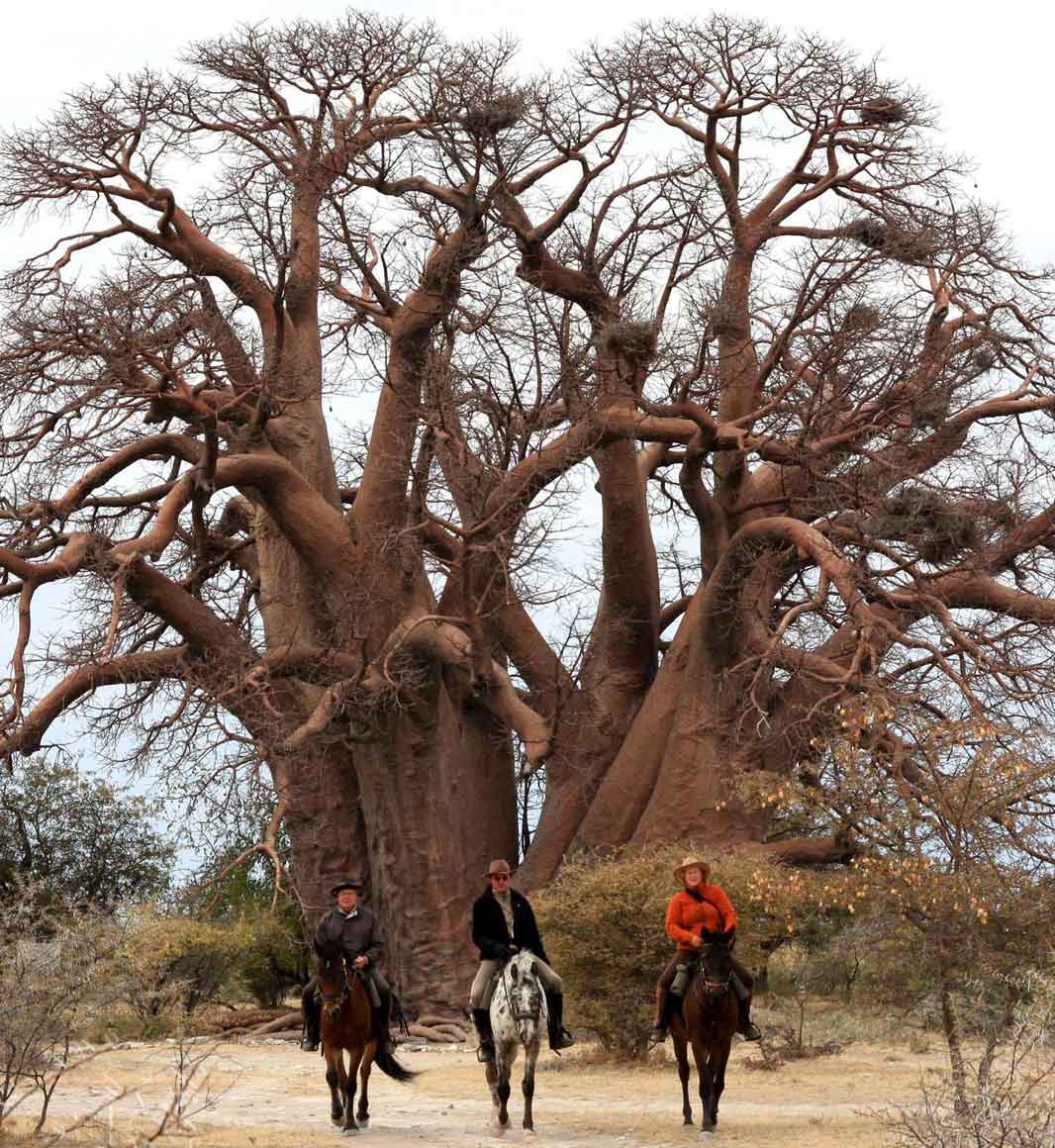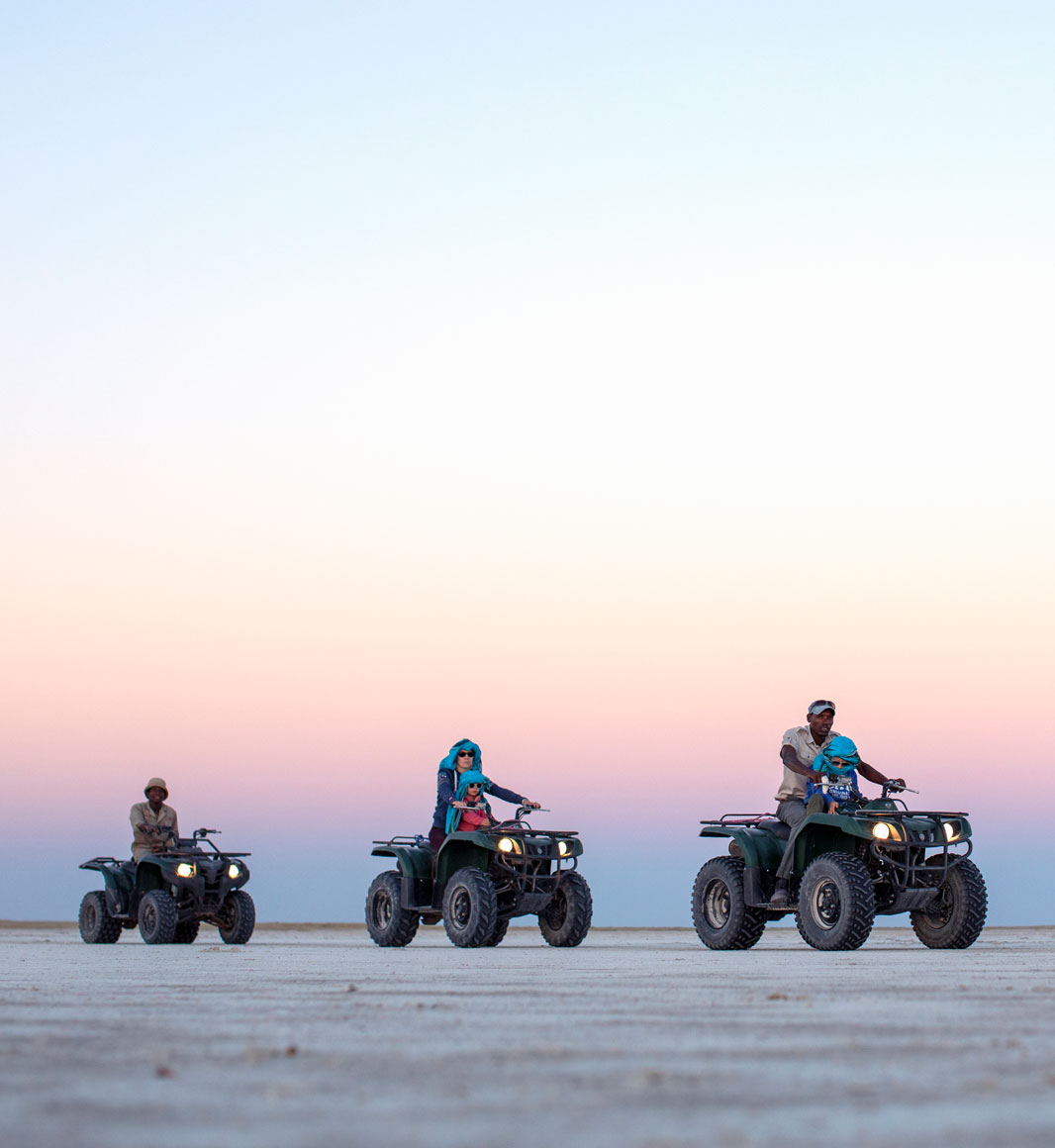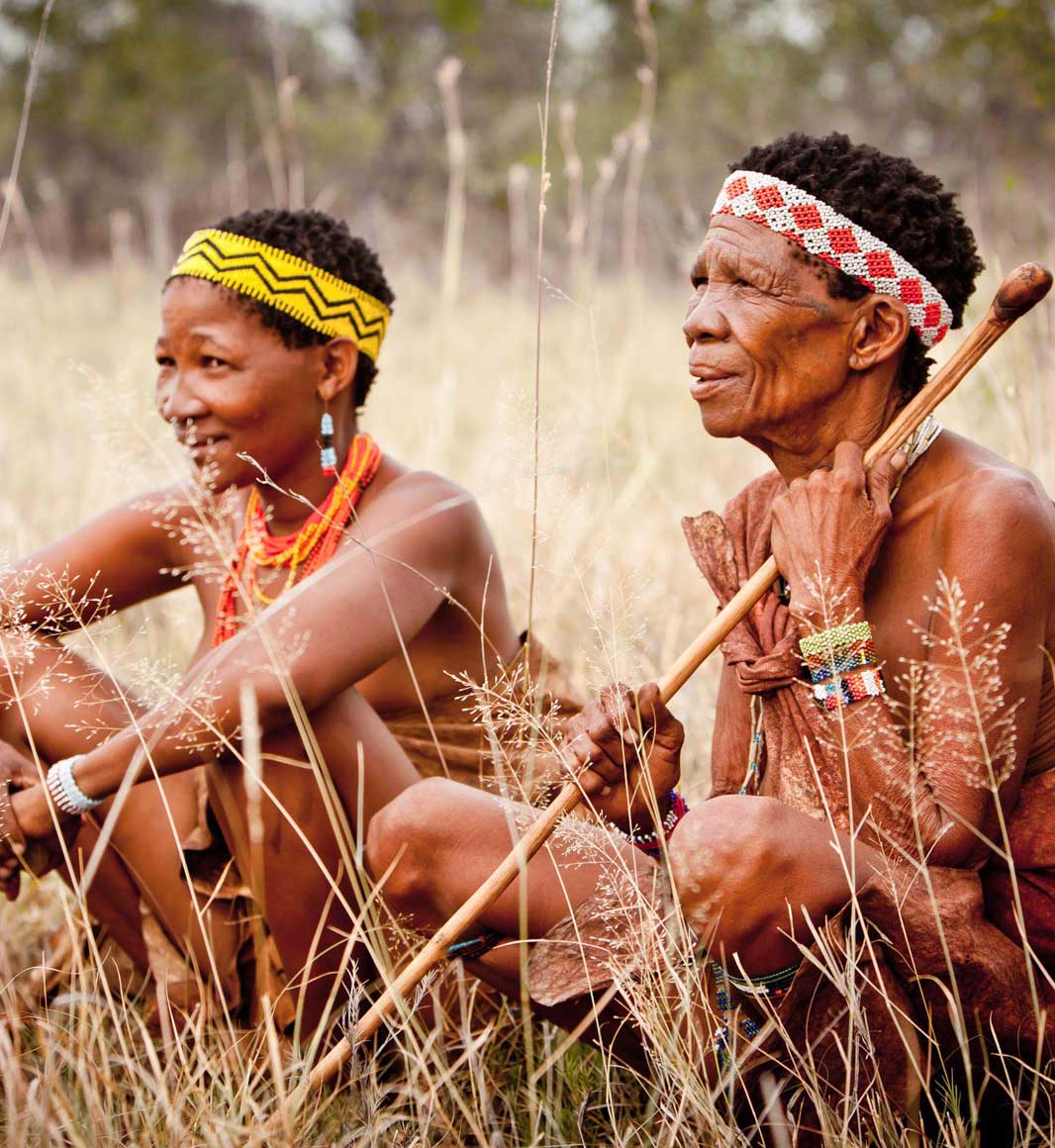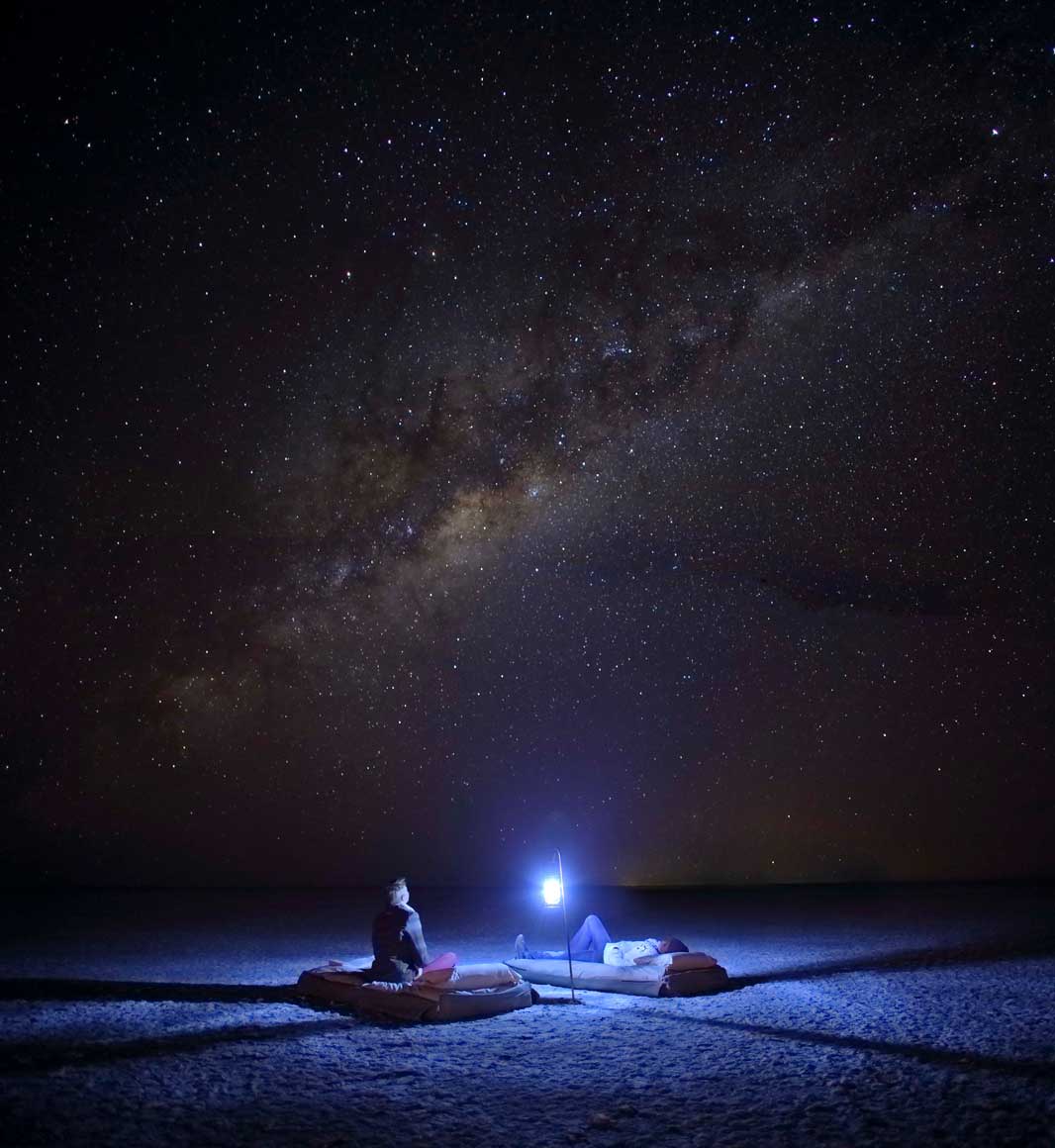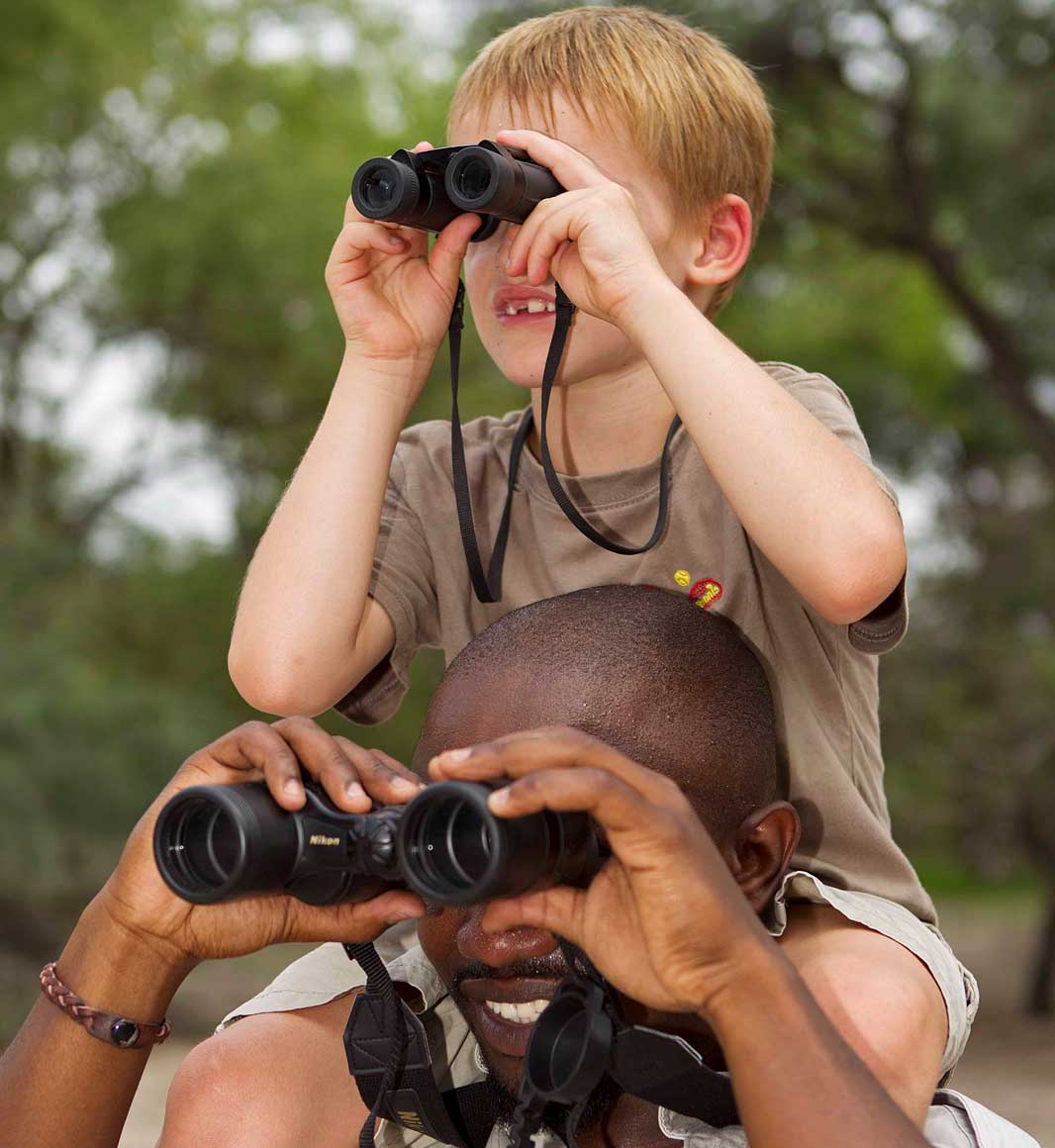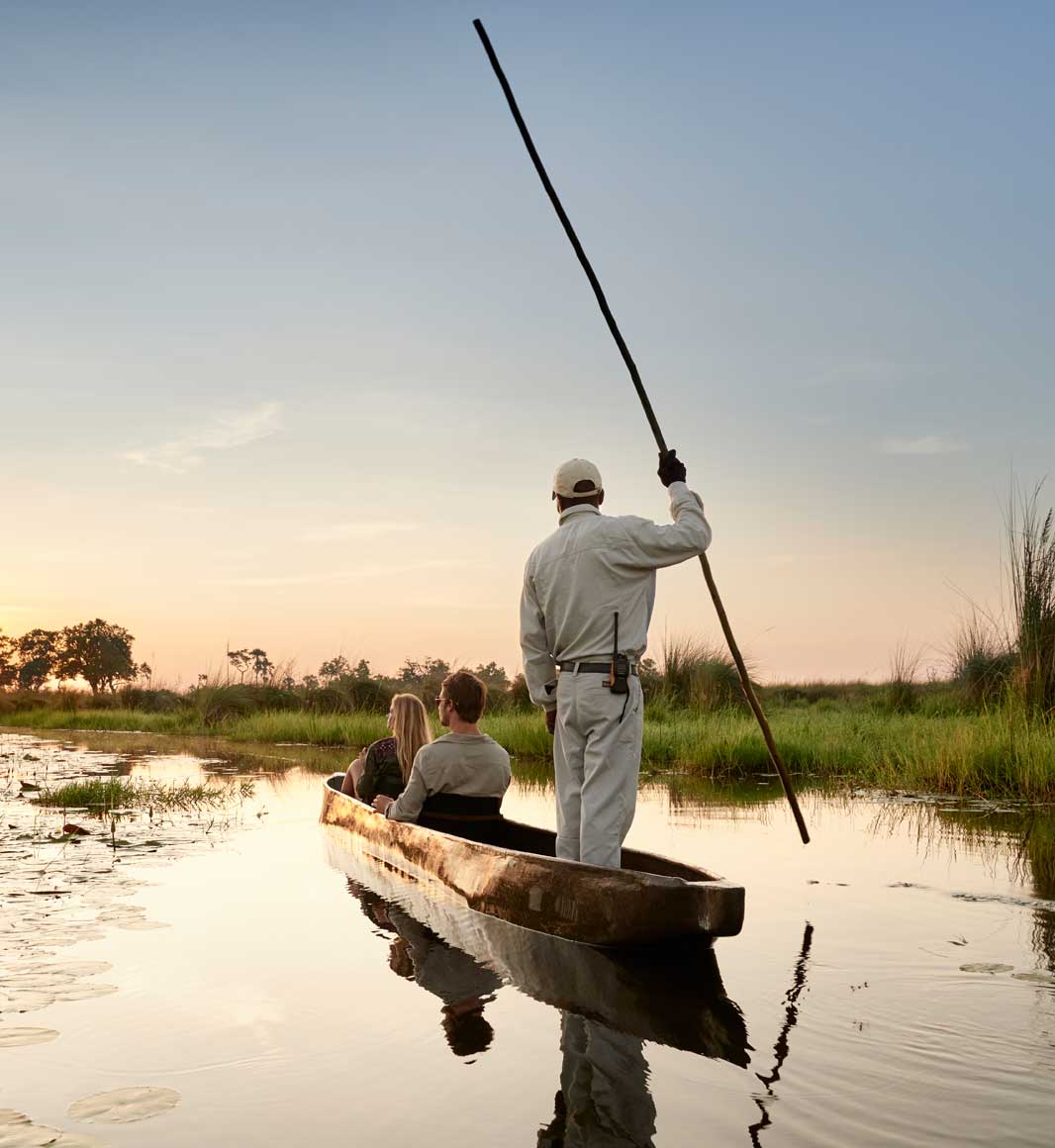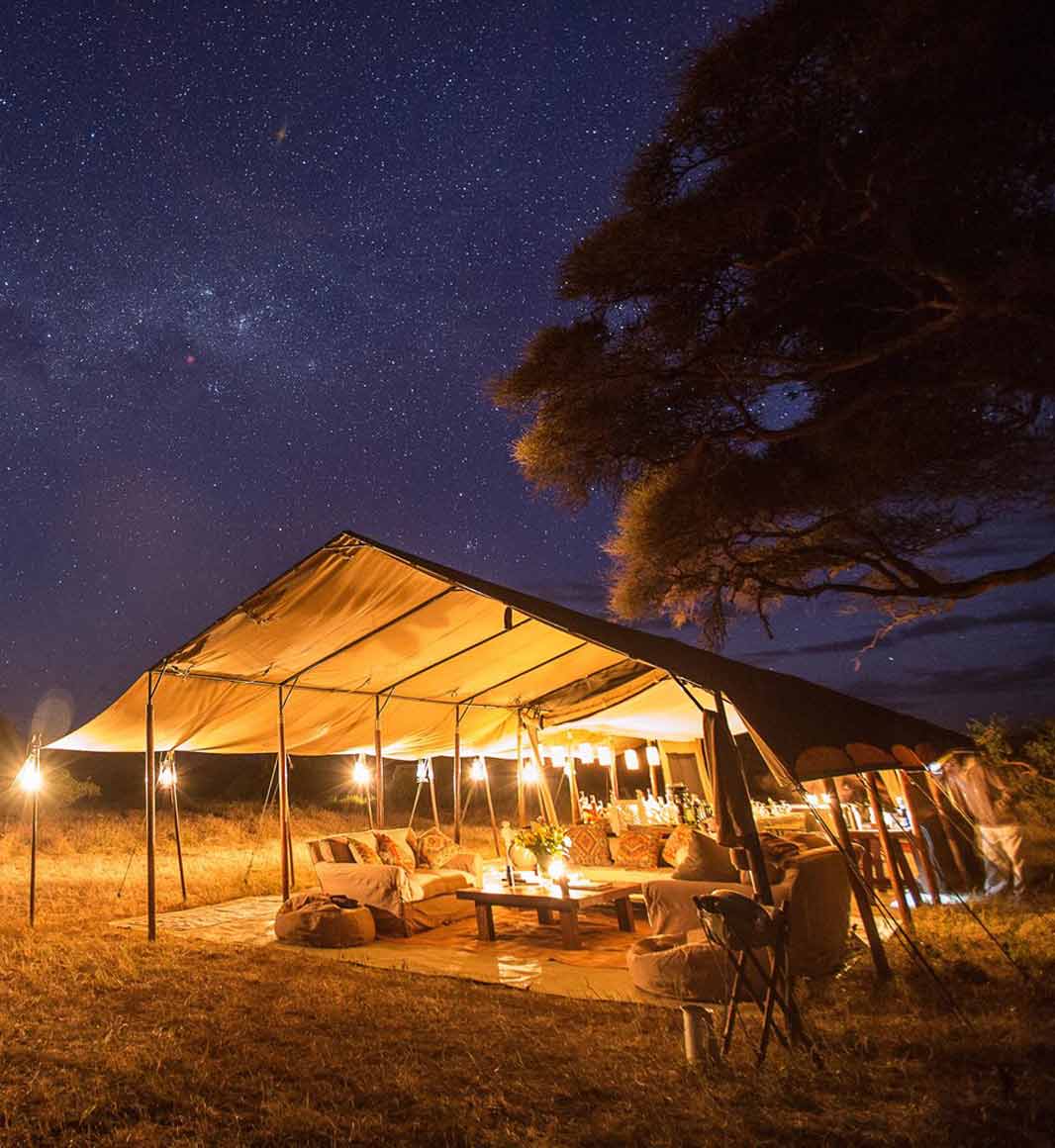Whilst visiting Botswana and the country’s vast swathes of open wilderness, our trip to the Makgadikgadi Pans deep in the Kalahari Desert provides the forbidding yet breathtakingly beautiful setting for almost complete exclusivity.
The enormous shimmering salt pans of the Makgadikgadi offer a totally different experience to the ‘traditional’ African safari. This natural wonder covers over 30,000 square kilometres and is a remnant of the formerly enormous Lake Makgadikgadi which existed up until 10,000 years ago.
Highlights of a Makgadikgadi Pans safari in Botswana
"Even for those who have travelled the world extensively, exploring the endless expanse of the Makgadikgadi Pans never fails to impress.""
Today several vast individual salt pans and open grasslands make up the whole habitat and lend themselves perfectly to active safaris, with plenty of ways to embark on an adventure in the pans throughout the year. From a dazzling hazy mirage of white expanse peppered with Baobab trees in the summer, to endless mirrored skies and vast flocks of flamingos when the rains come, this setting has a wealth of seasonal opportunities waiting for you.
During the dry season, the pans are great for exploring on foot, by vehicle and on horseback. For a more adventurous experience, opt for a quad bike safari venturing out across the mystical sandy savanna for five nights. You’ll delight in the enchanting experience of sleeping under the stars at Kubu Island, beneath the glittering display of the midnight sky unlike anywhere else on Earth. If you’re a keen horse rider, experience the exhilaration of galloping across the vast open plains, with options available for riders of all abilities. Stay in permanent camps or fly camps whilst traversing the epic wilderness.
A safari in the Makgadikgadi brings fascinating desert-adapted wildlife, offering a completely different experience to elsewhere in Botswana. If you’re lucky you’ll witness the spectacle of a zebra migration, with potential sightings of brown hyena, bull elephant and oryx in the dry season. In the rainy months, the lands transform as thousands of flamingos, pelicans and other waders arrive.
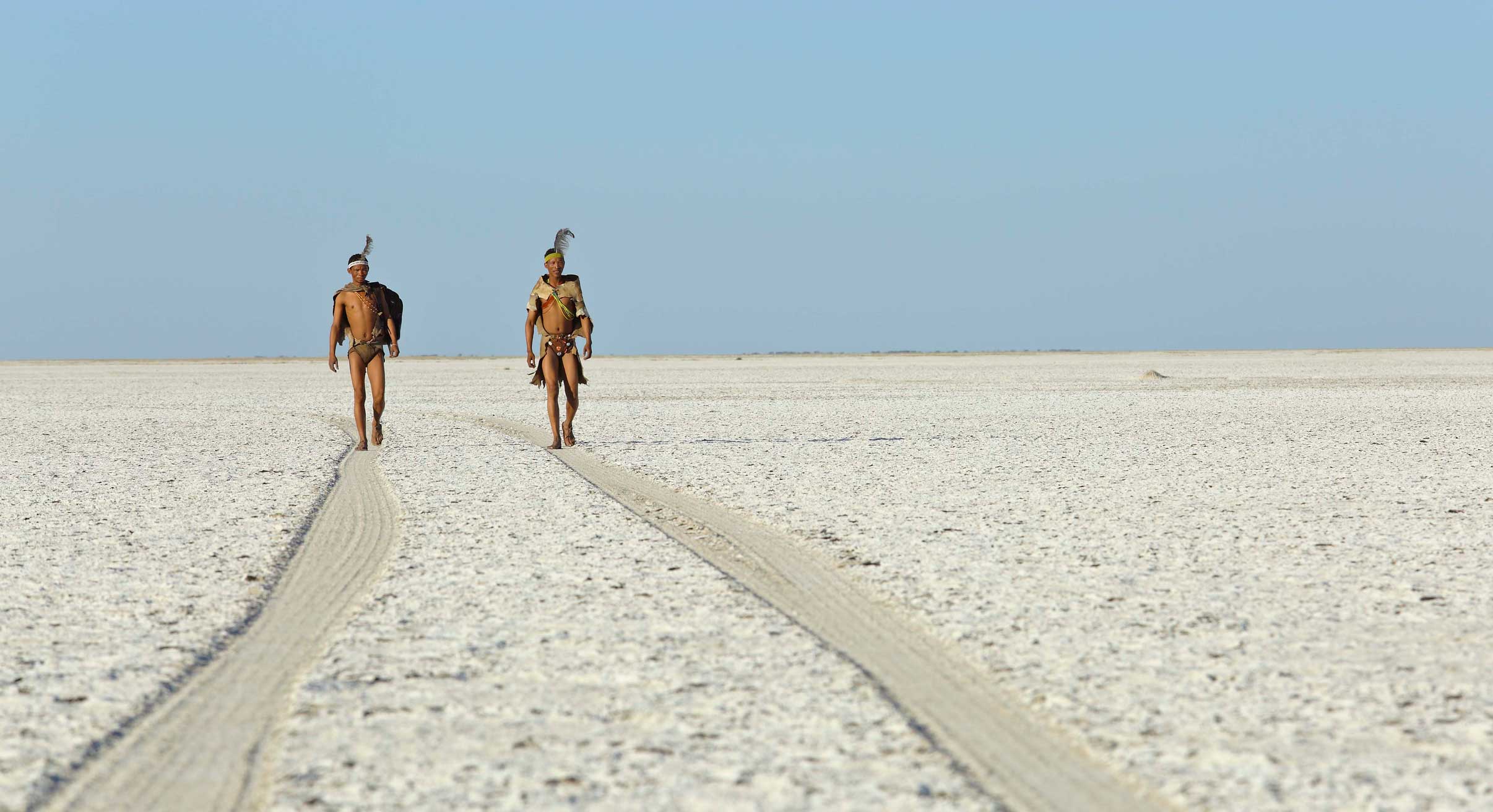
Spend time with the local San Bushmen who will share their secrets of the bush with you. (Photos: ©Natural Selection Safaris)
You’ll be spoilt for choice when it comes to places to stay. San Camp offers a romantic safari experience, where elegant old-world white tents are combined with spectacular landscapes. For a whimsical escape to the safaris of old, Jack’s Camp has a decadent style, rich Persian rugs and classic four-poster beds.
Even for those who have travelled the world extensively, exploring the endless expanse of the Makgadikgadi Pans never fails to impress on this awe-inspiring journey to the compelling landscapes and forgotten lands of Africa.
Ready to take the road less travelled?
